► Buying tech upgrades for your car
► But, doing it after it's been built?
► Jake shares his first experience of in-car upgrades
You're driving at night. There's not much traffic, so you press the high beam assist button so the car can dip between low and high beam itself, but computer says 'no.' Its screen says you need to buy it from the car's app store to activate it, despite having the physical button in the car and the componentry necessary to make it work.
That's what happened to me the other day, behind the wheel of a BMW 5-series.
A little bewildered, mid-drive, I realised that this was the first experience of an idea car makers have pondered implementing for a while: making their cars more like apps on your phone, or more like adding content to a video game you bought a while back.
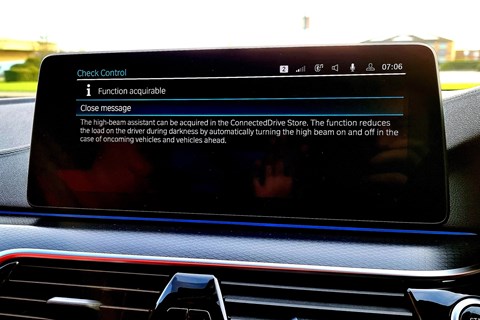
Wait, what? Let's step back a little...
In-car technology is endlessly leaping forward, for better or worse. With the prevalence of over-the-air updates for a car's operating and infotainment system (something Tesla arguably pioneered, with other manufacturers catching on quickly), it means extra features or applications can be added after the car has been produced near-instantly. The implementation of 5G into cars, with BMW's new iDrive 8.0 being among the first to do so, will only speed up that process.
Premium manufacturers, though, have already been at it for some time. BMW, for example, has had its ConnectedDrive connectivity suite for years, giving you the opportunity to add small apps to the car's iDrive like providing you with weather reports for long trips, or extensions of the real-time traffic information for the navigation. You could even add an (admittedly clunky) version of Microsoft Office, to check and read your emails or keep tabs on appointments while you're on the move.
Rifle through the menus of the likes of Mercedes, VW Group, Ford and so on and you'll find that you can add apps to enhance the infotainment's usability, but they're usually free. Hell, whenever Tesla sends out an upgrade, it's usually for silly stuff like its 'Toybox' features. Other car makers are also using over-the-air upgrades to increase range of its EVs – Volvo recently did such a thing to boost its XC40 P8 Recharge.
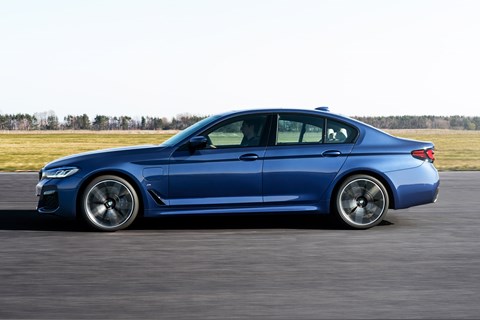
But the game, once again, is moving on. Not only are there these small benefits to your car's usability, but car makers are now adding software-heavy systems or comfort features to the options list *after* you've bought the car. Not only is BMW actively doing it, but Audi has a 'feature on demand' store on the MyAudi app for things like active park assist and adaptive lighting, and VW's WeConnect digital services is too. Vans and pickups editor at Parkers, CJ Hubbard, recently experienced the same thing as me, after pressing the voice control button on a brand-new VW Caddy only to be given a prompt to buy the feature in the WeConnect shop.
Why is this even a thing?
Without rising to the defence of car makers too much, I can see why it's being done, even if I don't like it.
From a car production standpoint, it means greater economies of scale at the factory. Mercedes, with its new S-Class, for example, is intending to build all of them the same in terms of technological componentry, with the idea being that when you come to order it, you'll tick the boxes for the software you want, but can add more later. 'From the technology perspective, everything is there from the start,' Sajjad Khan, Merc's board member for CASE (connected, autonomous, shared & services and electric) told us at the debut of My MBUX.
But in Mercedes' case now, too, this will extend to features like heated seats, adaptive cruise control or, like our experience, adaptive headlights – not just simple services like real-time traffic information or a mapping update. 'On the icon for Mercedes Me, there is something called a 'store', where you can buy these extra features,' Khan added, 'some of those features, even after initially selling the car, we could put them in, via over-the-air updates.'
In the case of our experience with the 530e, there is a physical button with the corresponding icon for adaptive high beam (where the car notices oncoming traffic and dips the beam for you) on the indicator stalk. After pressing it, the instrument display says 'function acquirable', and a pop-up message says it's available for purchase. Investigating a little more, BMW wanted £160 to activate it, via an active ConnectedDrive account. If I were to purchase that, the service would be available the next time the car restarted once the information download had finished.
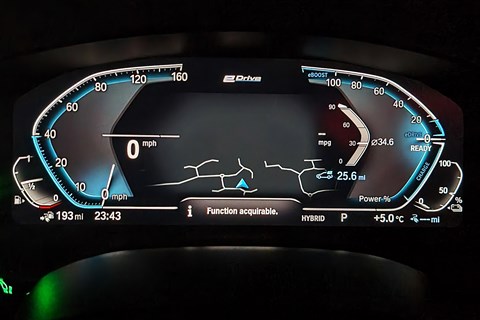
This business model is one that's been gaining significant traction in the video game industry for more than a decade. Not satisfied with charging gamers only once at the point of purchase, loads of game publishers offer you extra downloadable content (DLC) to flesh out the game later on in its life cycle. There's been some backlash to that, though, with some games charging you to gain an advantage when playing online against others. It's nicknamed 'pay to win,' and something that's been cracked down on by regulators.
On a similar note, many forms of media are using the 'freemium' payment model. There are certain video games that do it, not least to mention the biggest portion of app-based games for your phone. The idea is that getting the app or medium is free, but it charges you for certain visual upgrades or brief leg-ups when playing. Some of the most profitable games, whether they be for console, PC or your phone, are 'freemium' – Fortnite and Candy Crush are just a couple of examples.
Is buying a feature permanent?
Depends on the feature. For BMW, online services are normally paid for either by month or year. Online services like news and weather, for example, is a monthly or annual payment to keep them active. This isn't new.
But, in the case of the high beam assistant on the BMW I tested, it will be a permanent addition. I got in touch with BMW, and they said that the feature was linked to the car, not an account. So, if you sold on the car, any permanent features you bought would be active for the next user, too. The feature, after the data needed to activated is downloaded over the air, will be active the next time the car restarts. BMW also says any permanent features purchased, like the high beam assistant, can't be switched off or refunded. This process may differ between manufacturers, however.
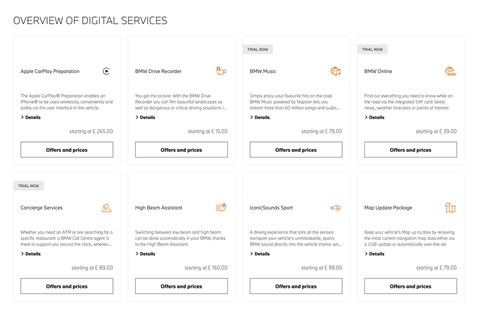
This is a weird path to be heading down...
It is. I understand why car makers are doing it, as it offers some flexibility to the owner, allowing them to add any extra features if their lifestyle changes. A BMW spokesperson told us that the store of features it offered 'allows new car customers flexibility to add additional features to their vehicle after production should their circumstances change and the need for the feature arises.
'This is similar for secondary owners and providing customers with the chance to specify features they deem necessary, even if previous owners hadn't needed those features.'
But it's odd regardless. Perhaps it's just because this is an entirely new avenue for digitalisation in cars and we're just not used to it yet, or it could set a precedent for future cars to be this way more in future. Not least because it's another avenue for squeezing out more money out of car owners after they've already bought the car, and that precedent continues even if the car is on its second (and so on) owner.
If anything like the reaction to my tweet is anything to go by, plenty of car owners out there do not think it's a good idea, and I'm not fully on board either.
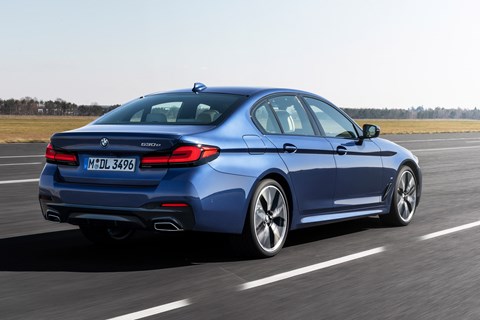
Read more CAR opinion pieces here